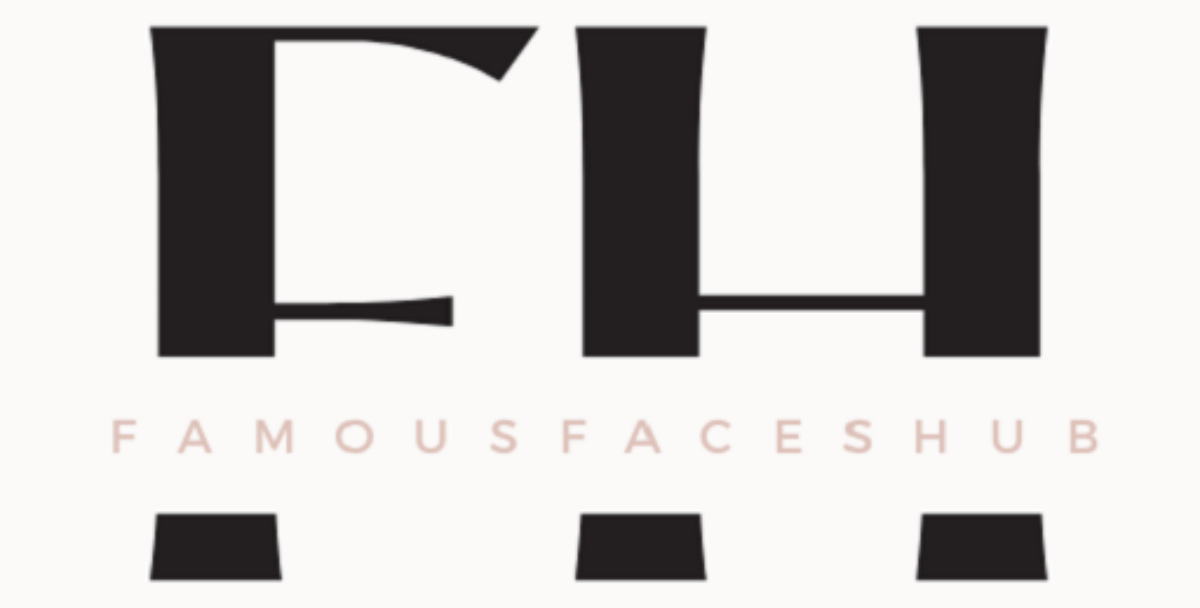In the fall of 2018, I released a research report warning of a growing trend of far-right radicalization on YouTube. Specifically, I identified a loosely connected network of reactionary YouTubers, ranging from mainstream conservatives and libertarians all the way to overt white supremacists and neo-Nazis, who were all broadcasting their political ideas to young audiences. Tethered together by a shared opposition to “social justice warriors” and the mainstream media, they frequently collaborated with each other and amplified each other’s content. In the process, they made it extremely easy for a viewer to move bit by bit into more extremist content.
- Tests Run Before Elective Plastic Surgery
- Coronavirus: Paramount Pulls European Release of ‘A Quiet Place Part II’
- Jamie Lee Curtis, Russell Brand and Josh Brolin to Appear During Clare|Matrix Recovery Fundraiser
- African Youtuber Vegan Funny
- How a ‘Family Guy’ Producer Crafted Free Comic ‘She Kills’
The following March, I watched in horror along with much of the rest of the world, as a white supremacist gunman killed 51 people and injured 40 more at the Al Noor Mosque and the Linwood Islamic Centre in Christchurch, New Zealand. Throughout the chaos of the day, researchers parsed his manifesto and found that under the layers of irony and memes, the message was quite clear. He had been radicalized to believe in the Great Replacement, a white nationalist conspiracy theory that claims that white populations are being purposefully replaced with (often Muslim) immigrants.
Bạn đang xem: 14 Year Old Far Right Youtuber
The shooter’s manifesto clearly spelled out his racist and Islamophobic beliefs, but it provided scant information on how he came to embrace them. On Monday, with the release of the Royal Commission’s inquiry into the attacks, we got a fuller picture: the Christchurch shooter was radicalized on YouTube, by many of the propagandists myself and other researchers had warned about. So why didn’t YouTube take action sooner, and what should they be doing now?
Xem thêm : Fan Bingbing Before And After Plastic Surgery
There are a million different ways YouTube could have been, and could be now, taking action. They could enforce their terms of service more aggressively, or make those terms more robust. They could make changes to their algorithm so it stops recommending ever-more-extreme content. They could de-prioritize borderline content that acts as a first step to radicalization. They could refine their content moderation algorithms to catch content more effectively. And, in fact, YouTube consistently claims it has done many of those things.
And yet, there is often a great disconnect between what actions YouTube says it is taking and what users and creators actually experience. This is in part because these actions mean little if the platform has no clear idea of how it defines hate speech, extremism, harassment or borderline content and what values it seeks to uphold in its actions. Indeed, YouTube has often backed itself into a corner by attempting to stay as “apolitical” as possible and turning deeply value-based judgments into the parsing of minor details. In an attempt to avoid accusations of politicized censorship, the platform has frequently tied itself up in knots, focusing their decisions on the smallest technicalities when determining whether a piece of content has violated its terms.
The great irony is that by attempting to stay apolitical, YouTube consistently makes the political choice not to care about or protect vulnerable communities. It can tweak its algorithms and update its policies as much as it likes, but it won’t truly address the underlying issues until it makes a firm commitment to protect Muslim creators and users of YouTube and to stop the spread of Islamophobia on their platform. This does not just mean stating this commitment clearly, although that would be a reasonable first step. (YouTube could, for example, follow the example of the New Zealand prime minister, Jacinda Ardern, and apologize for the role it played in facilitating the terrorist attack.) It also would mean devoting significant resources to it and framing their approach to content along those lines.
Xem thêm : Melanie Griffith Plastic Surgery Photos Before After
Because, despite YouTube’s claims to be taking hate speech seriously, Islamophobia is still alive and well on the platform. Ben Shapiro, the conservative pundit who frequently promotes Islamophobic ideas, is thriving on YouTube, with almost 2.5 million subscribers and an additional 2.4 million on his outlet the Daily Wire. Stephen Crowder, a controversial creator with more than 5 million subscribers has claimed that “Islamophobia is a perfectly rational ‘phobia’,” among similar statements. This propaganda is coming not only from small, fringe creators but from some of the biggest political commentators on the platform.
In the end, YouTube’s approach strangely mirrors that of the New Zealand government in the lead-up to the attack. Muslim community members interviewed for the commission’s report said they had been raising the alarm about rising Islamophobia to the government but that no one listened. As one Muslim New Zealander said, “The events of the day were presaged by so many tell-tale signs of its coming, all of which were evident and all of which were ignored by those who had power to act.”
Instead, the government was hyper-focused on potential terrorist threats from Muslim individuals, leading one interviewee to say that “they were watching us, not watching our backs”. Likewise, social media platforms such as YouTube have consistently taken swift and decisive action against Isis recruitment channels and other threats they see coming from Muslim extremists while simultaneously allowing widespread Islamophobic content to thrive. For YouTube, just like the New Zealand government, the question is if they can watch the backs of Muslims instead of simply watching them.
-
Becca Lewis is a PhD candidate at Stanford University and a graduate affiliate at the University of North Carolina’s Center for Information, Technology, and Public Life
Nguồn: https://famousfaceshub.com
Danh mục: Blog






